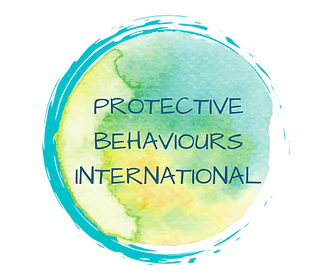The Language of Safety: Supporting Safe and Clear Communications
- Bronwyn Clee
- Aug 25
- 2 min read
Have you ever struggled to find the right words in a difficult conversation?
If you have, you’re not alone. And if you haven’t, please share your secret! Communication is complex. Too often, we forget the influence not just of what we say, but how we say it, and even what our body language is doing while we’re speaking.
Albert Mehrabian’s well-known 7/38/55 rule reminds us of this:
7% Words
38% Tone
55% Body Language
This formula isn’t a blanket rule for all communication. It applies when our words and non-verbal cues don’t align. But it does highlight something important: when there’s incongruence, people put more weight on tone and body language than the actual words.
So what does this mean for us? It’s on each of us to consider not just what we say, but how we say it, and how others might receive it.

Enter the Language of Safety: a relational communication model designed to make our conversations safer, clearer, and more inclusive.
It has four core elements:
✨ Quality: speaking with respect and authenticity, listening deeply to ourselves and others.
✨ Clarity: expressing our intentions, needs, and boundaries in ways others can understand.
✨ Shared Meaning: checking for common ground, so everyone feels seen, heard, and valued.
✨ Ownership: taking responsibility for our own feelings, thoughts, and behaviours, rather than blaming or assuming responsibility for others.
Why it Matters
When we practise the Language of Safety, we:
Empower ourselves and others to set healthy boundaries.
Create space for honest dialogue.
Build trust by aligning our words, tone, and actions.
Contribute to environments where people feel safe to speak up.
And let's be clear: it’s not about “getting the words perfect.” It’s about building communication habits that reduce misunderstanding and strengthen relationships.
Language of Safety: Reflective Questions
Quality: Is the language I’m using respectful and supportive of effective communication?
Clarity: Am I being clear in what I say, and are my non-verbal cues consistent?
Shared Meaning: Do we all understand this message in the same way?
Ownership: Am I taking responsibility for my own feelings, thoughts, and behaviours?
Your Next Step
✨If you’d like to learn more about applying the Language of Safety in your workplace, community, or personal life, join us at one of our upcoming workshops. We’d love to support you in developing communication practices that foster safety, trust, and respect.




Comments